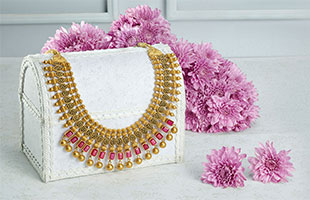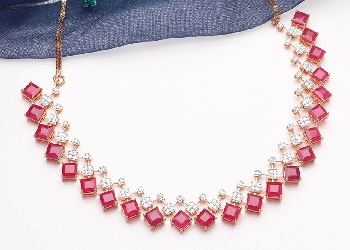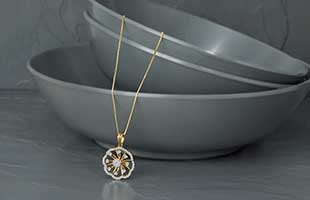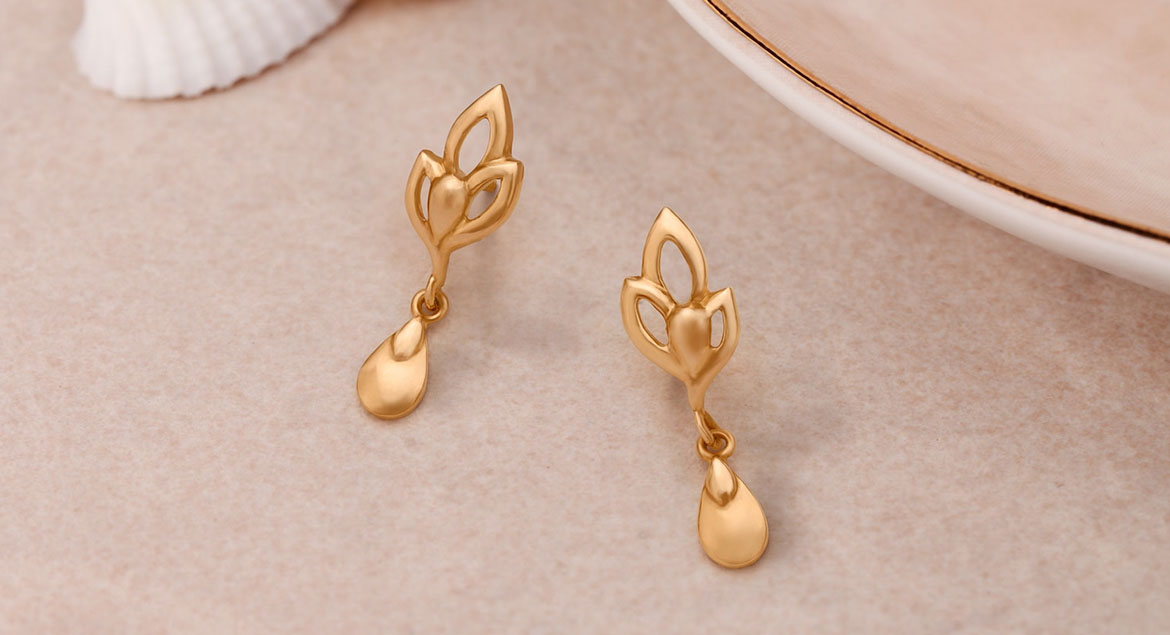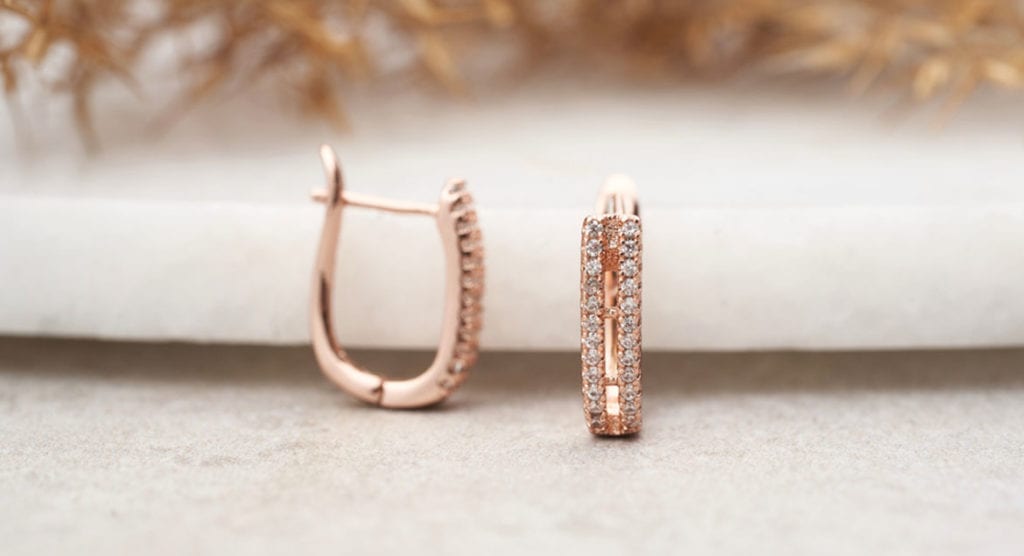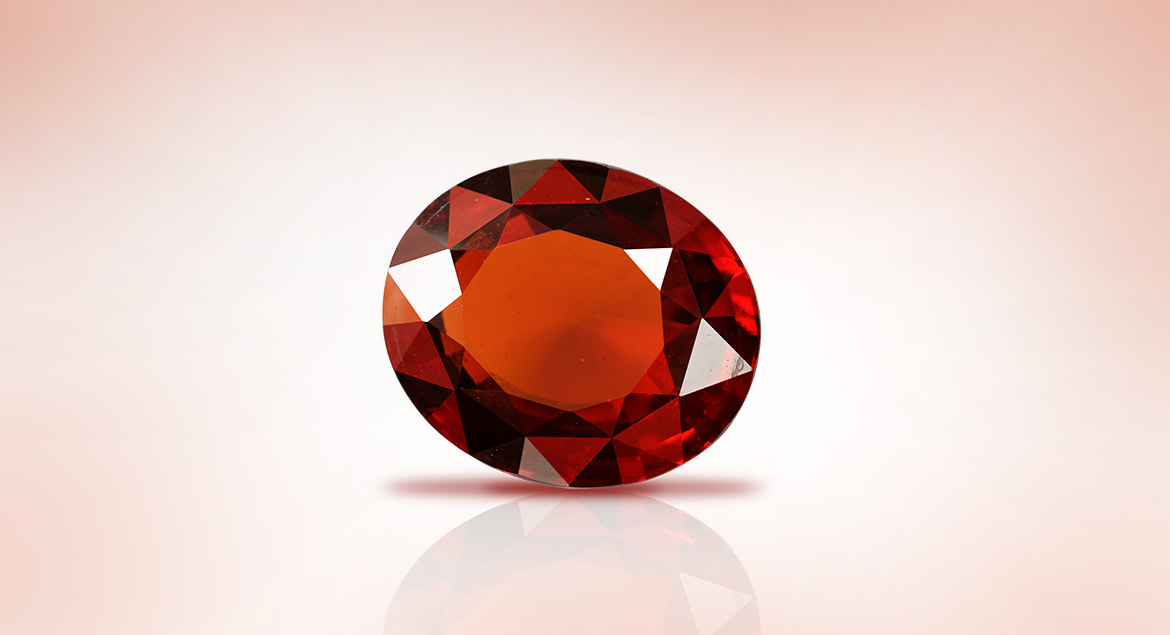The clarity of the diamonds is measured using the diamond clarity scale. The diamond clarity scale consists of 6 categories divided into 11 specific grades. The six categories range from ‘Flawless’ to ‘Included’ that are observed and determined at ten times magnification.
Flawless: These are the ideal and the best quality stones with no inclusions and blemish seen within a diamond at 10X magnification. Check out why are diamond so expensive?
Internally Flawless: Next to flawless diamond stones, internally flawless stones consists of no inclusions while at 10X magnification.
Very, Very Slightly Included (VVS): When observed at 10X magnification, inclusions are so light that it is difficult to determine the same through the natural eye. These qualities of diamond stones are further subdivided into VVS1 and VVS2 levels.
Very Slightly Included (VS): Inclusions can be identified as minor under 10x magnification. Stones can be classified into VS1 and VS2 levels based on the occurrences.
Slightly Included: (SI1 and SI2) Inclusions are noticeable and are classified into SI1 and SI2 levels when viewed under 10x magnification.
Included: The grader can view inclusions at 10x magnification and evaluate clarity value levels in three levels, I1, I2, and I3.
Diamond color chart
Diamond color is one of the most critical factors to identify the spotless shining stone. Contrastingly, the best stones are colorless, and it is this absence of color. It is used to determine the brilliance of diamonds. A Diamond color chart ranges from D – Z, with D is the highest color grade consisting of no hue or color and displaying the most splendid shine.
The color of the stones is observed under controlled lighting and precise viewing conditions. Diamonds in D, E, F grade are considered colorless and ideal stones that must be used in jewelry. Whereas diamonds in the G, H, I, J are nearly colorless and offer excellent value. These make an ideal option for diamond engagement rings. However, diamonds below H grade are not recommended for radiant or cushion cuts, and I grade stones are the minimum color grade advised for princes cut diamonds.
Diamonds in K, L, and M grade are slightly tinted and more affordable than the colorless range of stones. Colored and fancy color diamond jewels are making a trend in the coming times. Gemist uses the diamond color and clarity chart to identify the stones used in jewelry making as not all the stones found are fit for the same.
What are the other two C’s and diamond color and clarity used to determine the value of the diamond stone?




